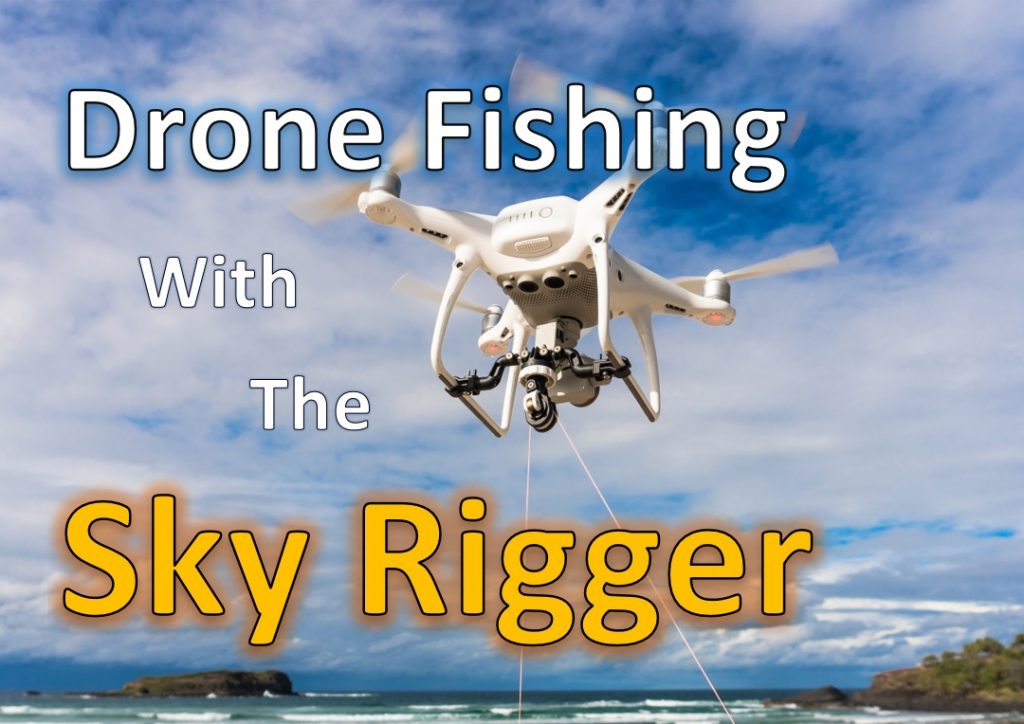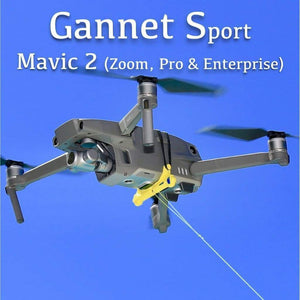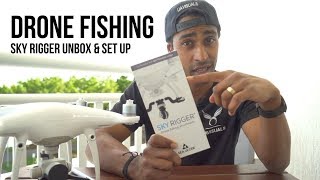
It is important to know the rules and regulations when you use a drone for fishing. Watch instructional videos about how to fly drones to catch fish. You can also read our article about drone ethics. We will be covering some ethical concerns surrounding the use of drones to fish. You can also check out our drone fishing gear guides.
Regulations applicable to drone fishing
The regulations for drone fishing for tuna can be confusing when you're watching YouTube videos. While there are many reasons to adhere to local laws, safety is the most important. To protect both your life and that of the fish, you must follow the correct laws. This article will provide information on the most important regulations that must be followed. Remember to adhere to the International Game Fish Association's rules.
Drones are not allowed to operate in public places like stadiums and sporting events. They cannot carry weapons or be within half a mile of a sporting event. In addition, drone operators must have sight of their aerial equipment at all times. Additionally, drones are not allowed to fly above people, stadiums, and critical infrastructure. If you have any questions about how a drone can be used to fish, please consult your local law enforcement agency.

While most states have passed drone laws, there are still some states that have not. Illinois, for example, recently passed SB 2167. The bill prohibits the operation of drones within state parks without prior permission. It also provides privacy rights as well as outlines the rules and regulations for recreational and commercial drone owners. It also prohibits drones interference with hunters and other wildlife. These laws will be in effect for a few more years.
Ethical concerns about drone fishing
Drone fishing is controversial. There are companies that sell underwater drones capable of fishing for fish. These drones can be used to fish for fish. The process of fishing is often captured on video. However, the method of pulling a fish out of the water is somewhat different. Those who are ethically concerned about this type of fishing may want to look elsewhere for their entertainment.
There are many benefits to drones being used for fishing. However, some fishermen feel that drones may be cheating them. While fishing has not changed much over millennia, using a drone to catch a fish may change that and diminish the thrill of the chase. Additionally, the use of drones may be problematic for conservation. Here are some ethical concerns to consider before using a drone in fishing.

First, drone fishing may not be the best option. Drone fishing can be harmful to the environment and could overfish endangered species. While some states may allow the use of drones in recreational fishing, many do not. Drone fishing has its limitations. They must be very expensive. Drones that are cheap might not have the GPS functionality, lifting capacity or control range required. Second, drone fishing can lead to loss of fish if line tangles occur. The third issue is piloting.
FAQ
Where can I buy a drone?
Many different drones are available online. Many people prefer to buy their drones online through Amazon, eBay or Walmart. Some people prefer to buy their drones directly from the manufacturer.
What's the difference between quadcopters and hexacopters?
A quadcopter is an four-rotor helicopter which flies in the same manner as a conventional helicopter. It has four rotating rotors. The quadcopter's quadcopter counterpart, the hexacopter, has six instead of four. Hexacopters have more stability and maneuverability than quadcopters.
Are drones allowed to be used at public events
As long as you comply with the rules, drones can be flown anywhere. If you want to fly your drone in public events like parades, festivals, concerts, etc., you must get permission from the event organizers.
Statistics
- According to the multiple listing service (MLS), houses and apartments with drone photographs are up to 68 percent more likely to sell than those without pictures. (thedroneu.com)
- According to Indeed, a drone pilot gets paid $25.73 per hour on average in the US. (dronesgator.com)
- According to ZipRecruiter, the minimum hourly wage of drone pilots is $20. (thedroneu.com)
External Links
How To
How to Fly Drones at a Beginning Level
A drone is an unmanned aerial vehicle that can be remotely controlled and used for surveillance, aerial photography, film production, research, and other hobby purposes. Drone technology has existed since World War II. DJI introduced their Phantom series of quadcopters in 2010, but commercial use only began in 2010. Since then, there have been many different types of drones available, from beginner-friendly models like the Parrot AR Drone 2.0 to professional-grade multi-rotor craft like the DJI Mavic Pro.
You can fly a drone in many different ways, including:
-
Remote control - This method uses a control device attached to your hand, which enables you to steer the drone through its flight path. There are two main types for controllers: Joysticks or On/Off switches, which can be used to control the drone's flight path.
-
Manual Control – This allows remote operation of the drone via GPS coordinates using a smartphone application. The app will give you instructions.
-
Autonomous Flight – This is when the drone handles all the piloting tasks. It's basically flying autonomously without any human intervention. The drone must be equipped with a camera and sensors that can capture images and data in order to fly autonomously.
-
Triggered Flight - This method is similar to manual control, except the pilot manually sets up a preprogrammed route, and the drone follows that route until it reaches the endpoint. The drone automatically lands once the route has been completed and returns to the base.
-
Landing Gear – A few drones come with landing gear. This allows them land safely in the event of losing power or running out of battery.
-
Goggles: Some pilots use goggles in order to protect themselves against debris when operating.
-
Camera - Some drones are equipped with cameras allowing you to capture photos and videos from above.
-
Obstacles – Some drones have obstacle avoidance systems that stop them from colliding with obstacles.
-
Speed - Some drones can travel at speeds over 40 mph.
-
Battery Life - Most drones can last between 20 minutes to 3 hours, depending on how much power you're using.
-
Some drones have a range of up to 30 miles, depending on their model.
-
Power source – Some drones require external power sources, others require internal batteries.
-
Weight - Some drones weigh less than 1 pound, whereas other models weigh up to 4 pounds.
-
Size - Drones come in many sizes, from small gadgets that fit in one's hands to large craft that weigh more than 50 lbs.
-
Price - High-end drones can go for thousands of dollars, while low-cost models start at $100.